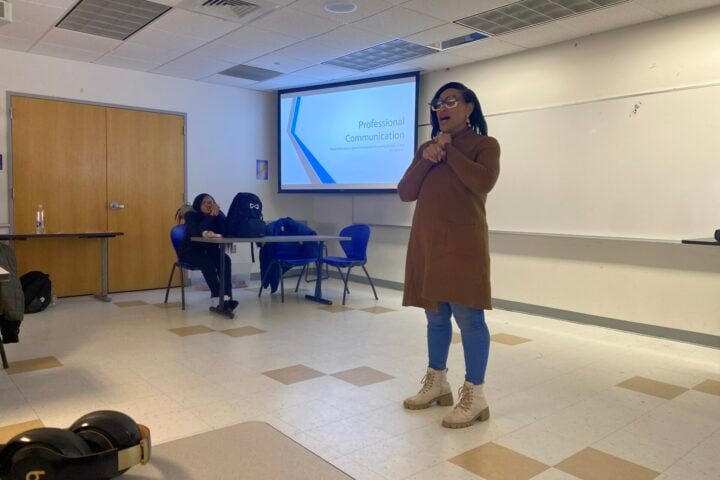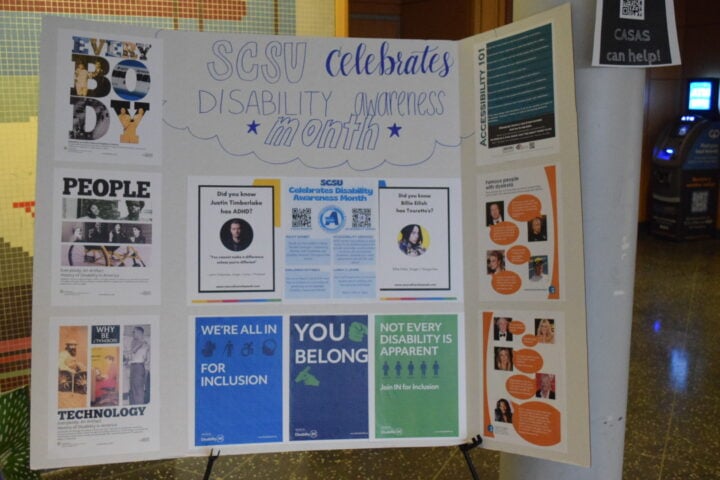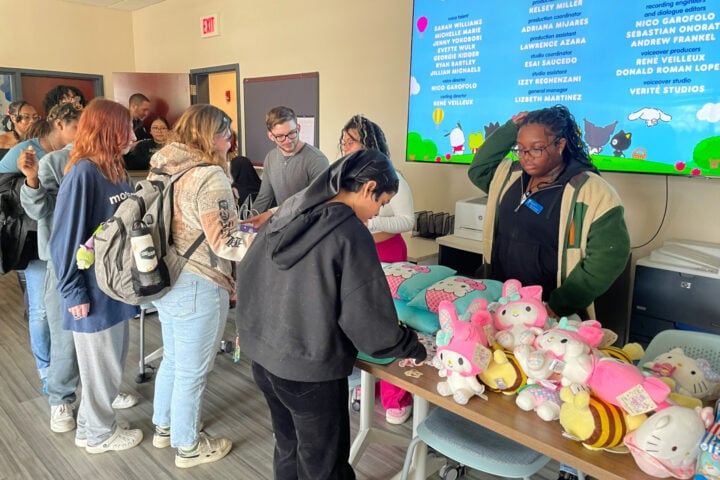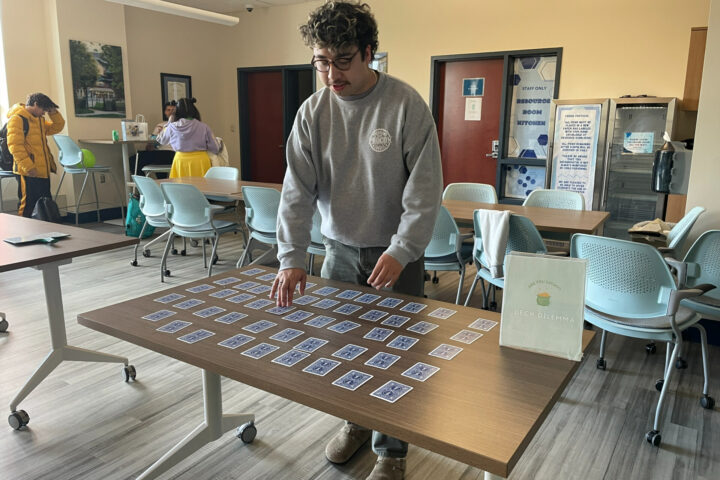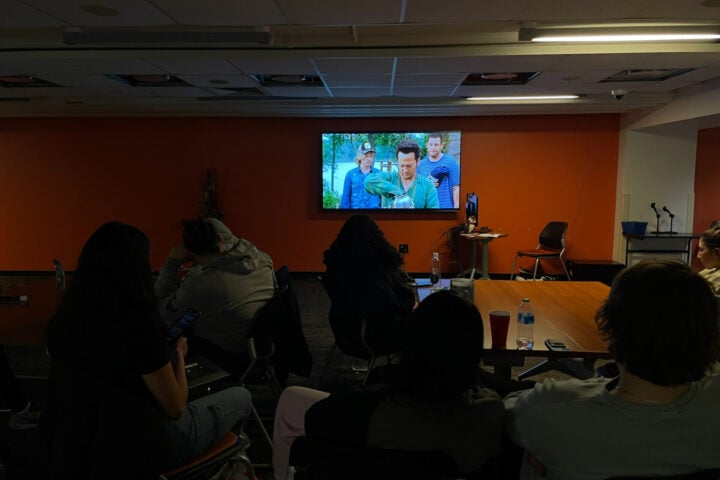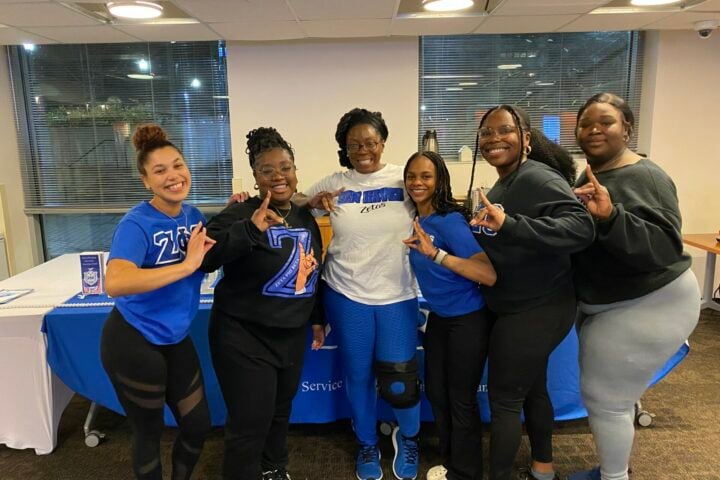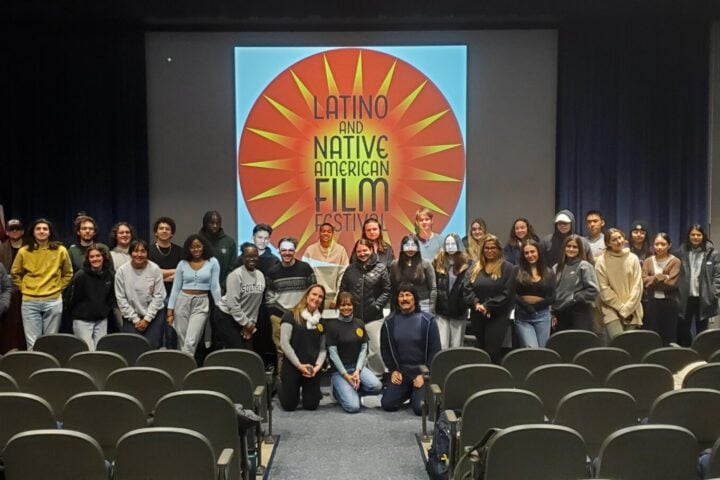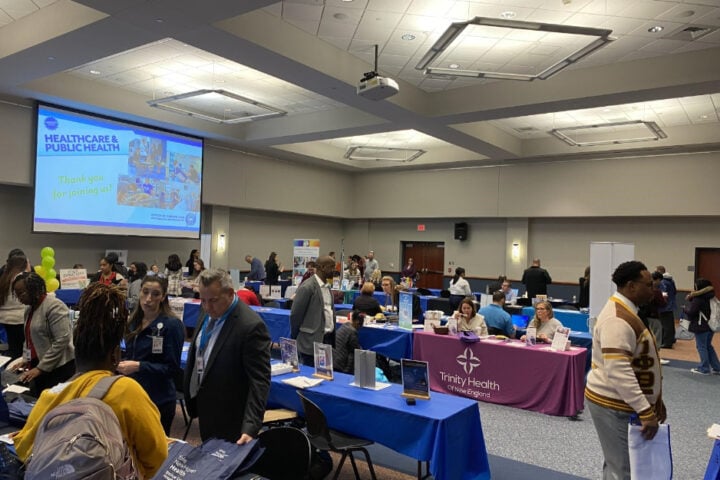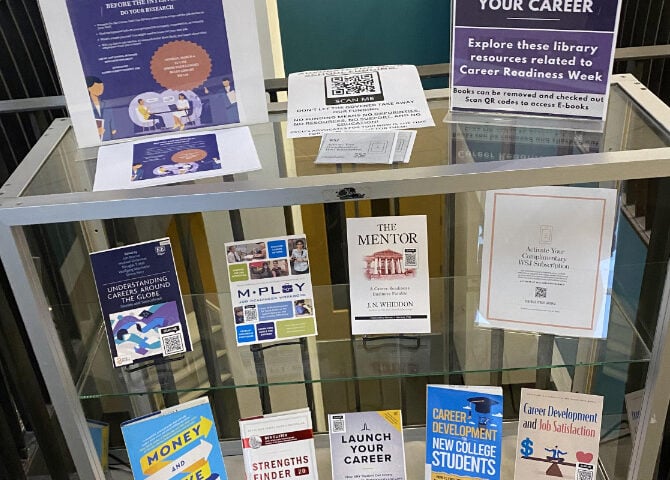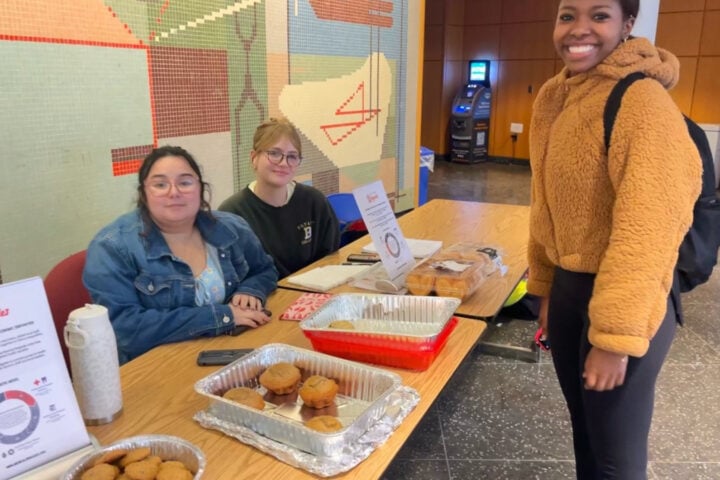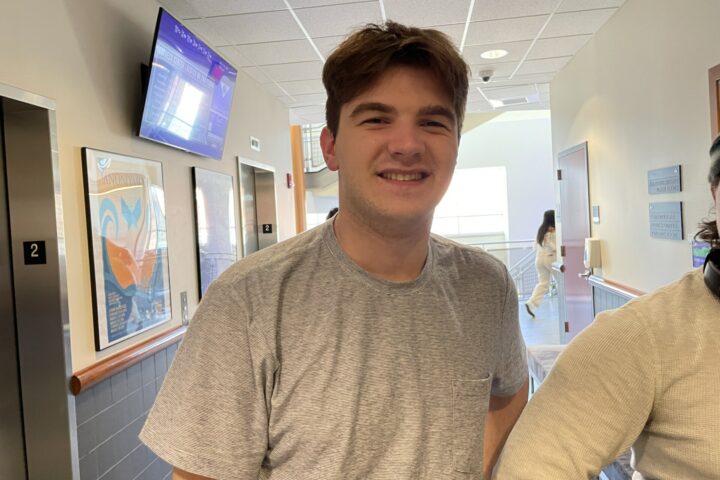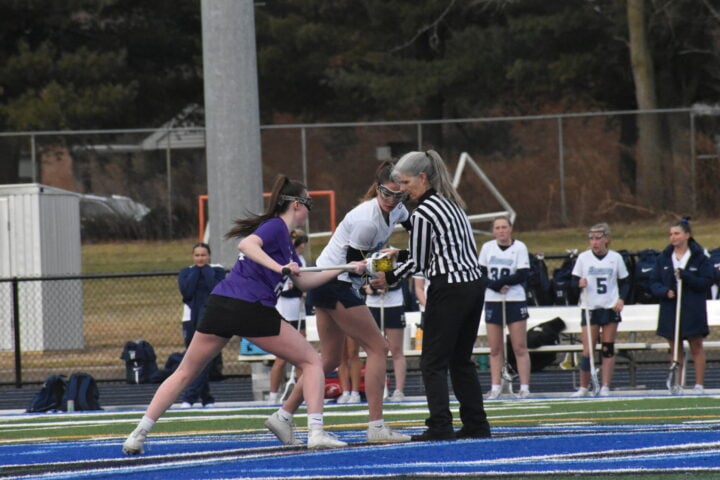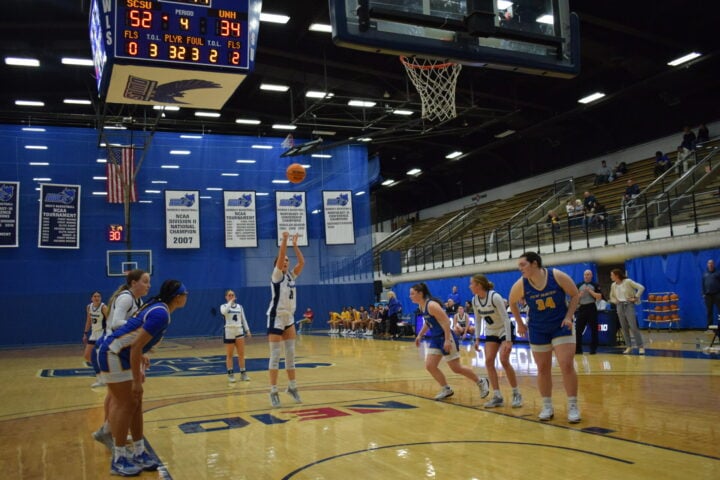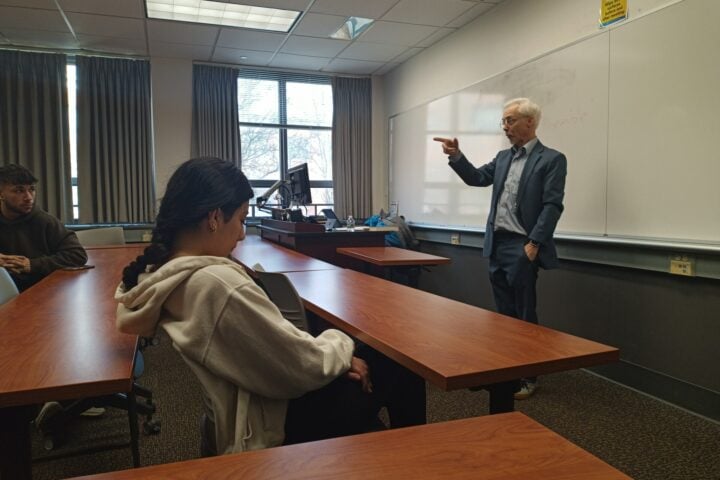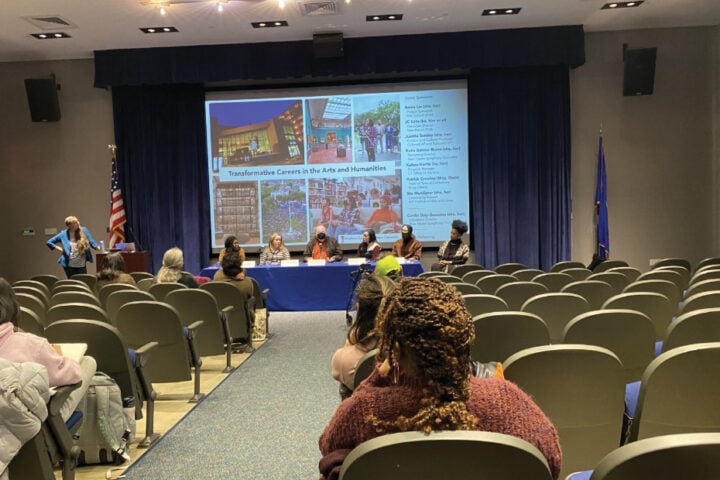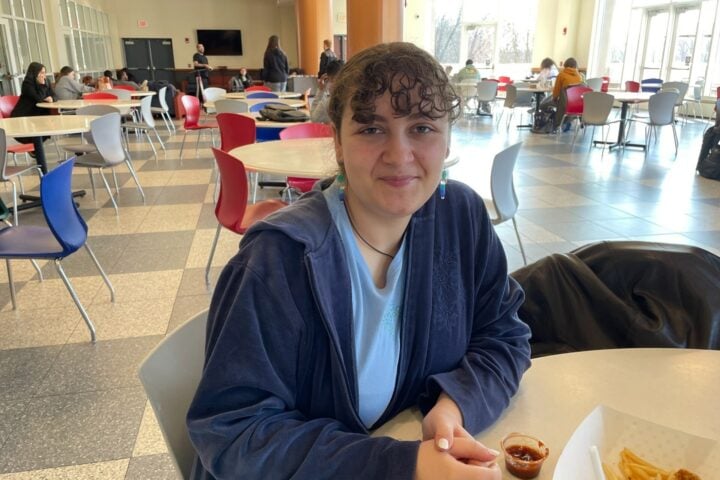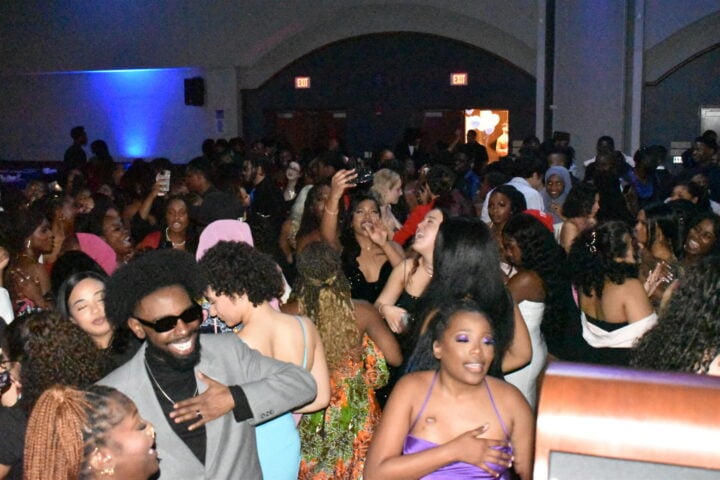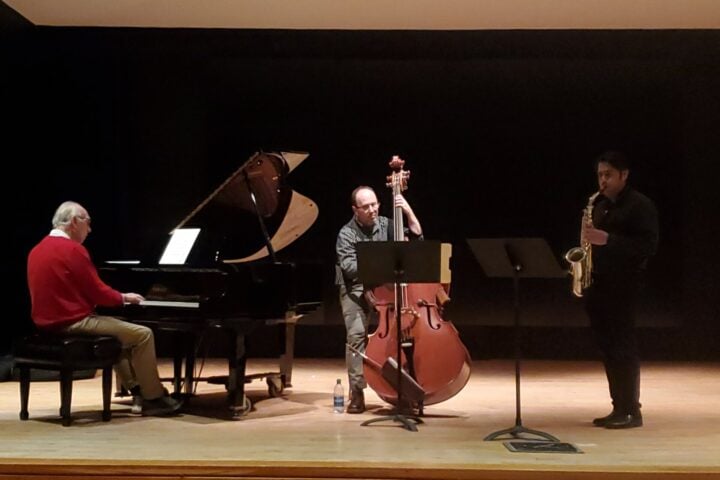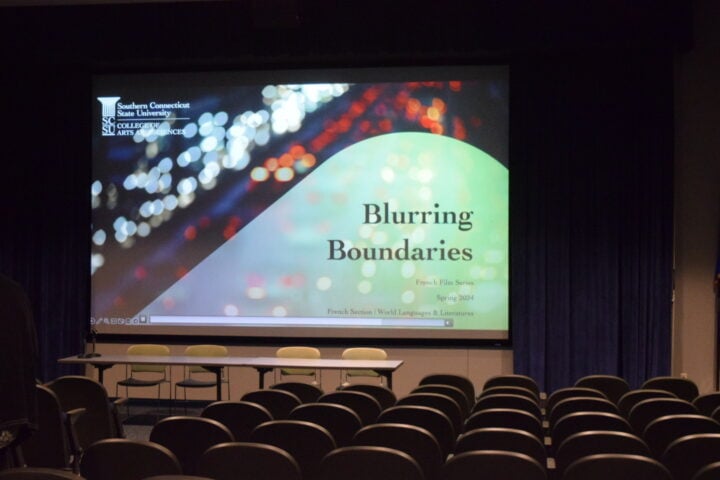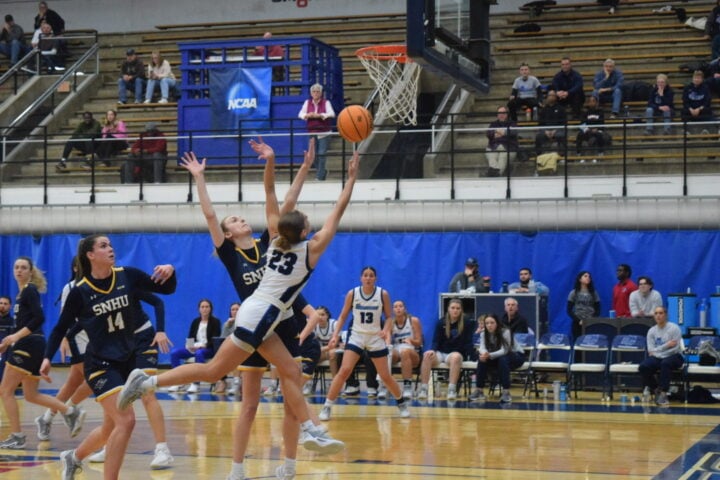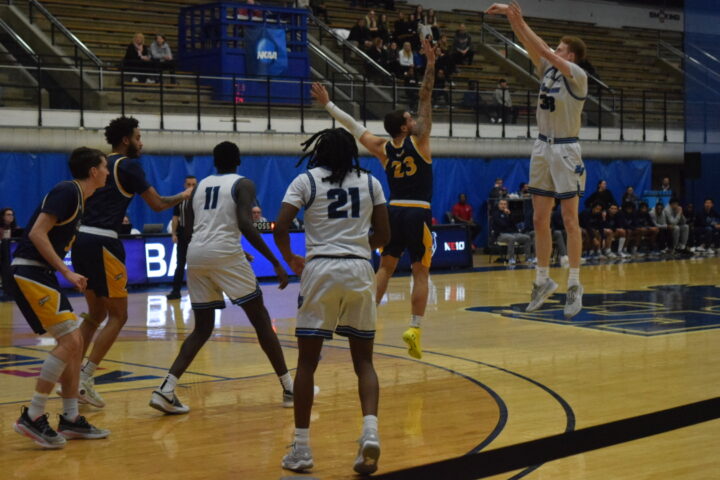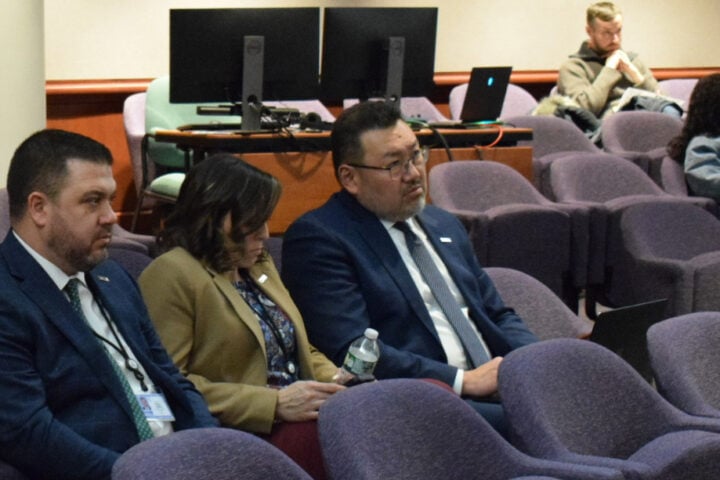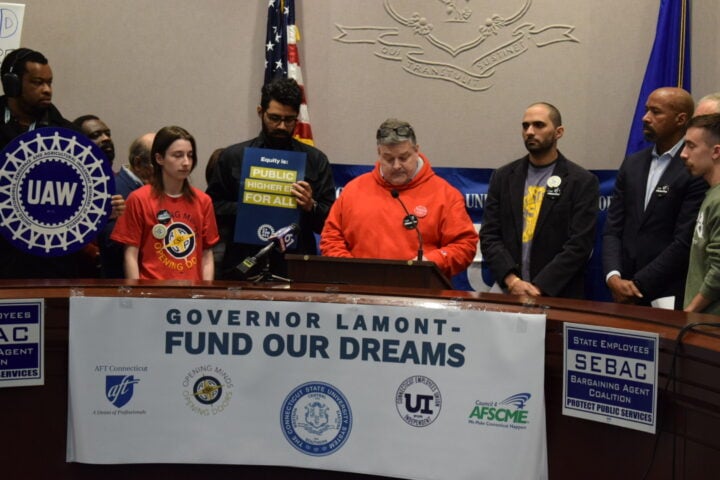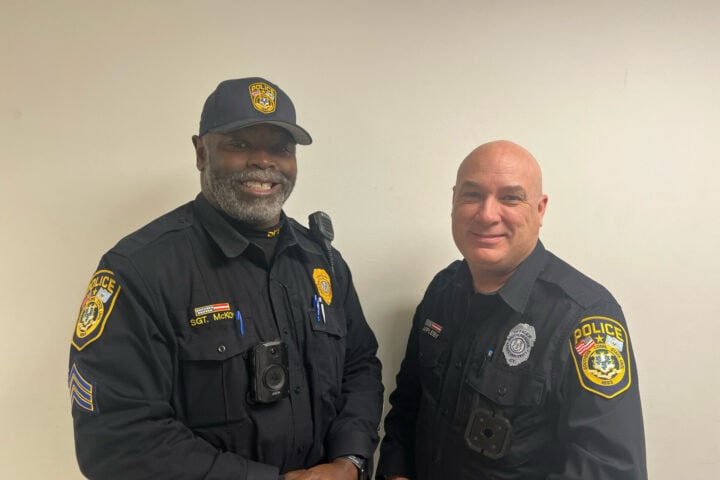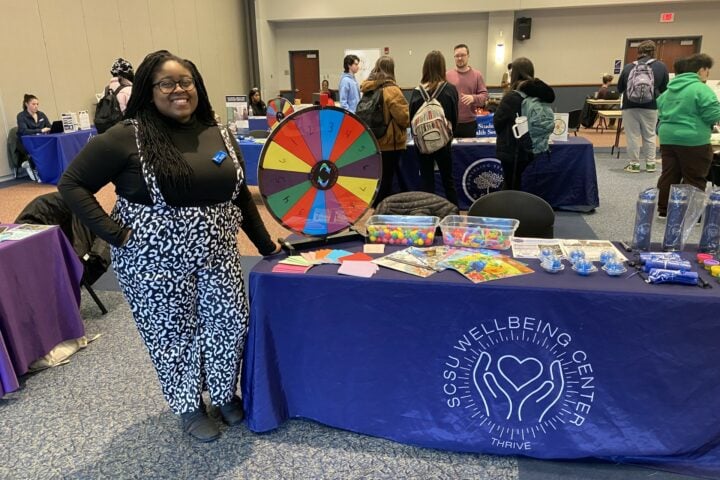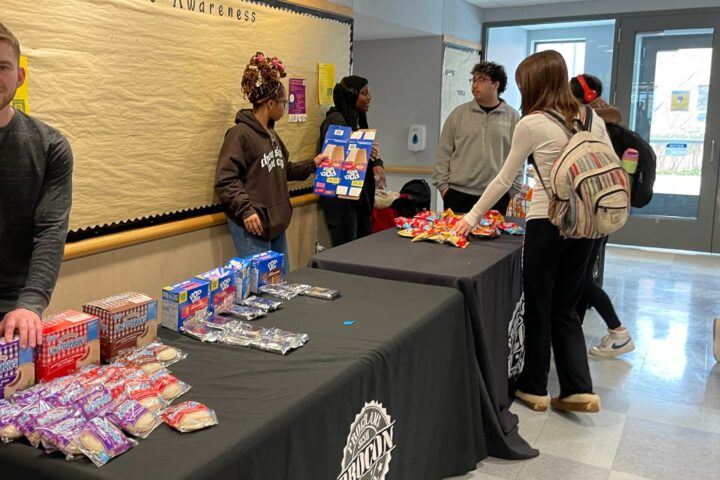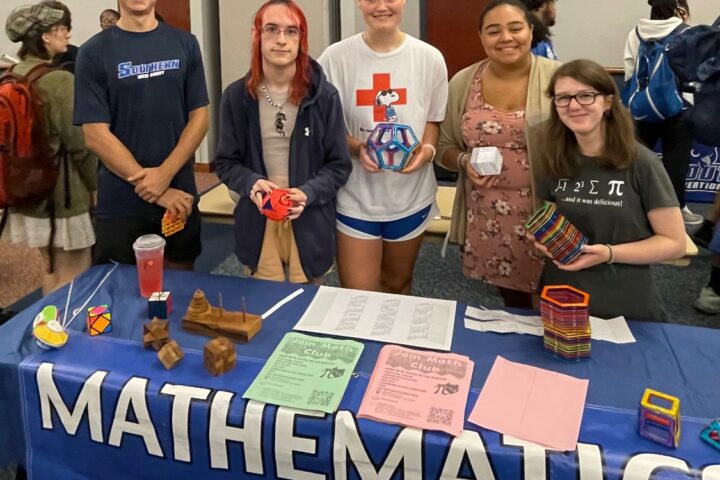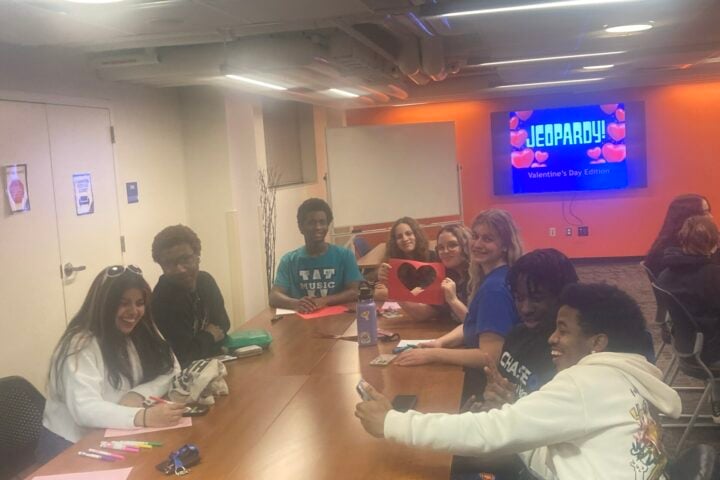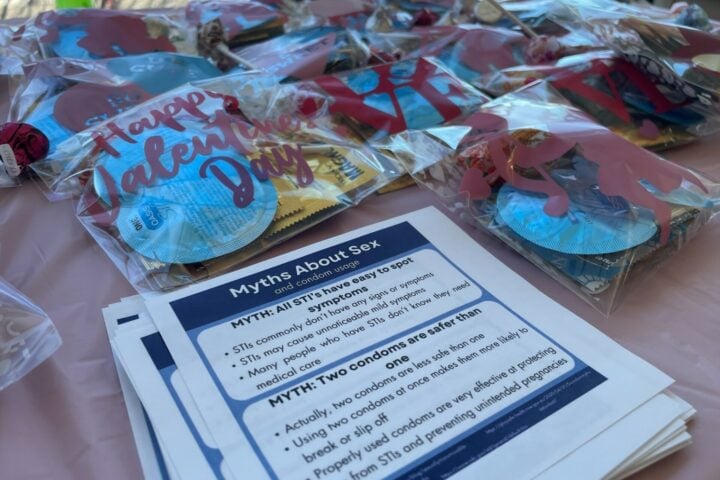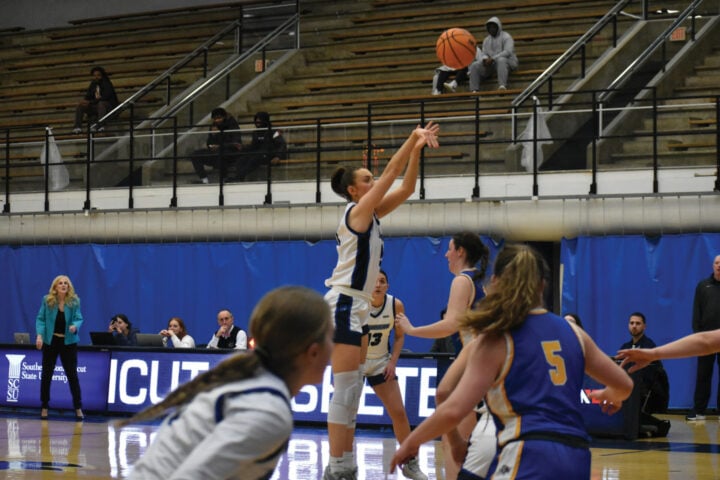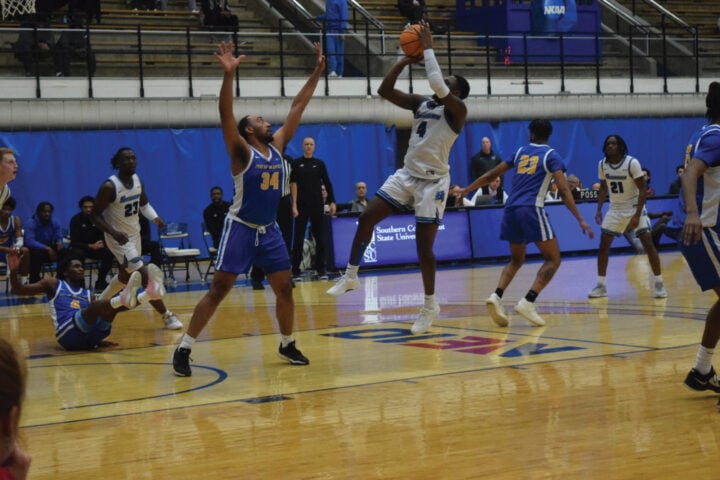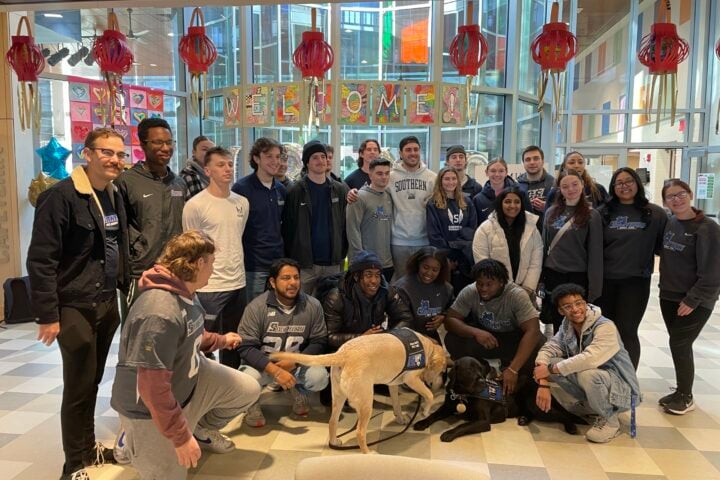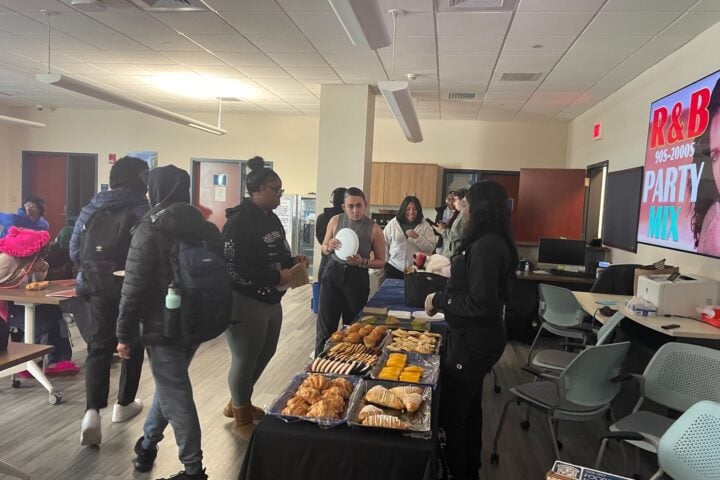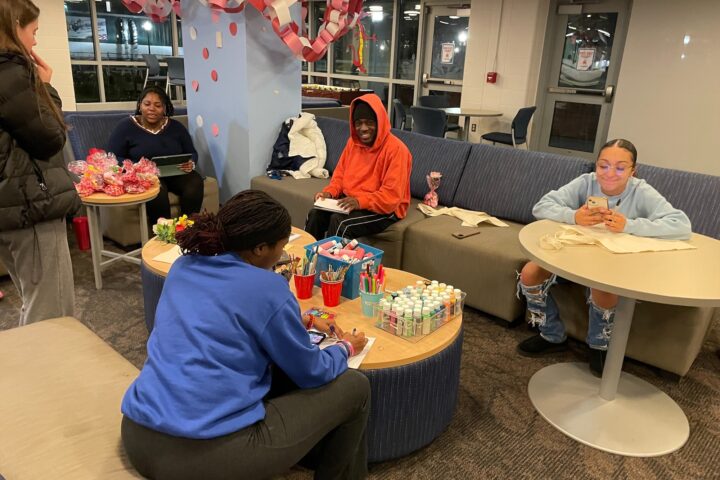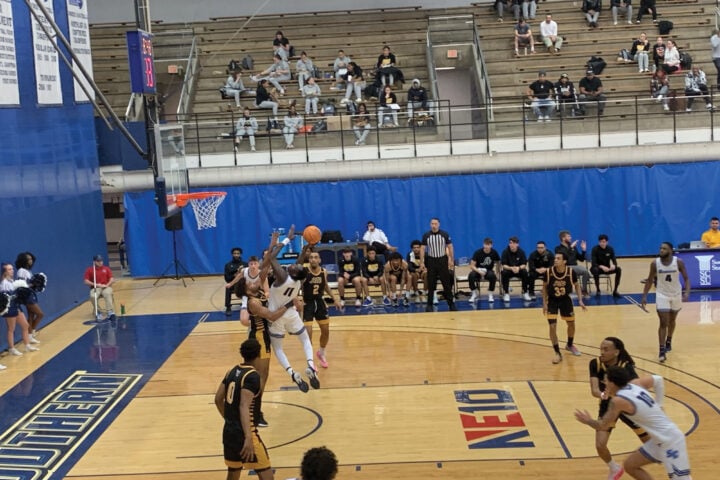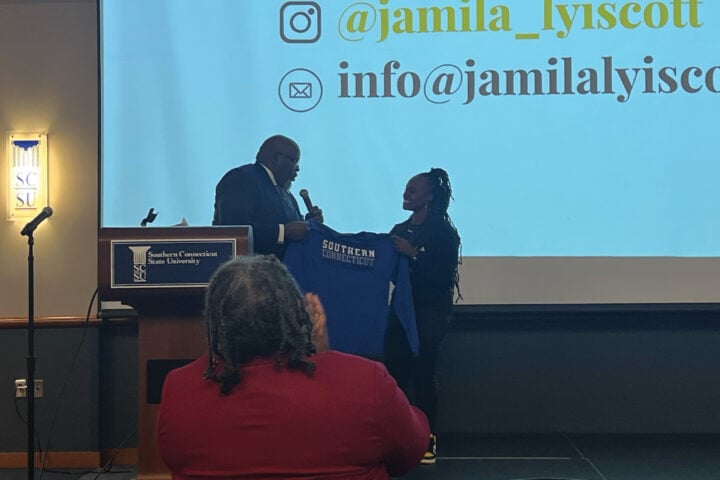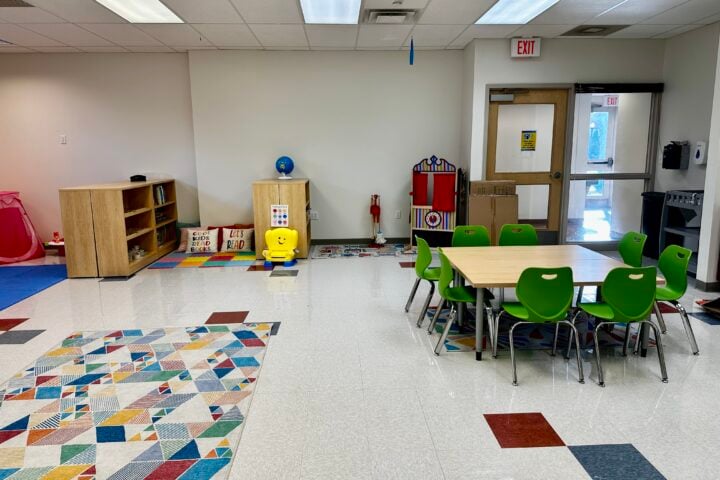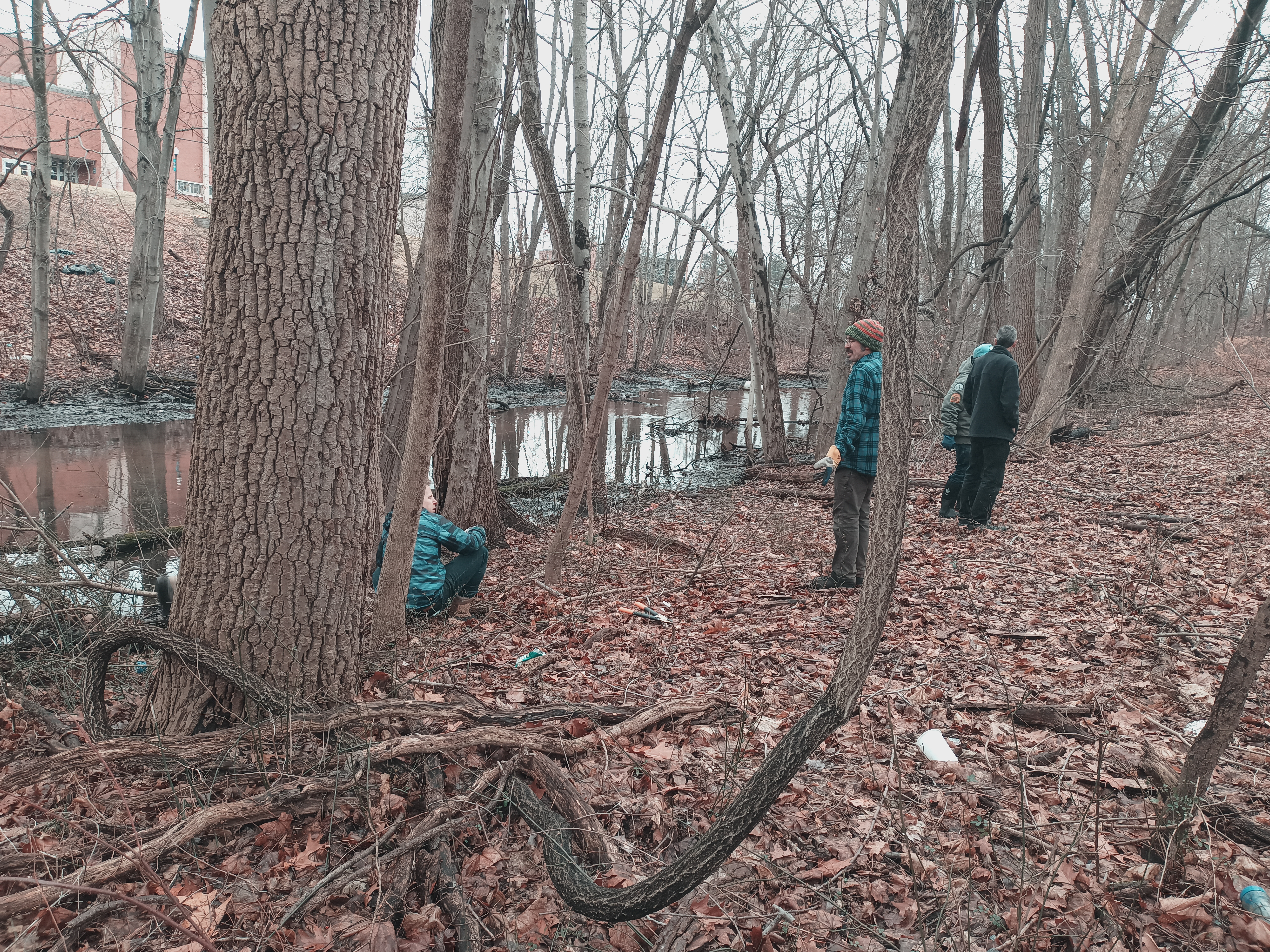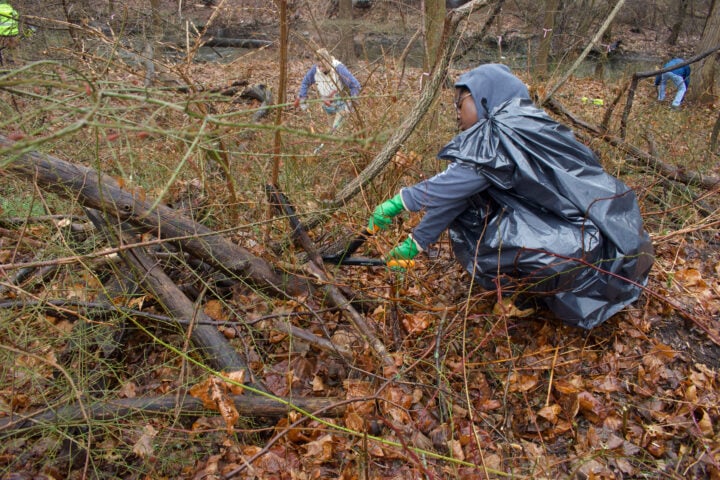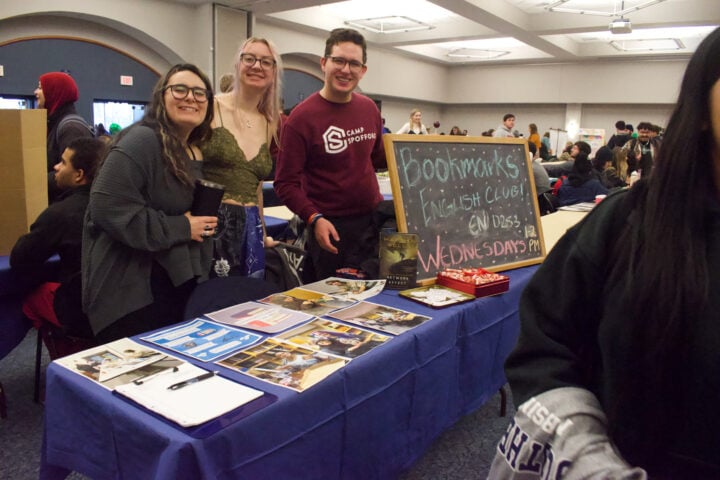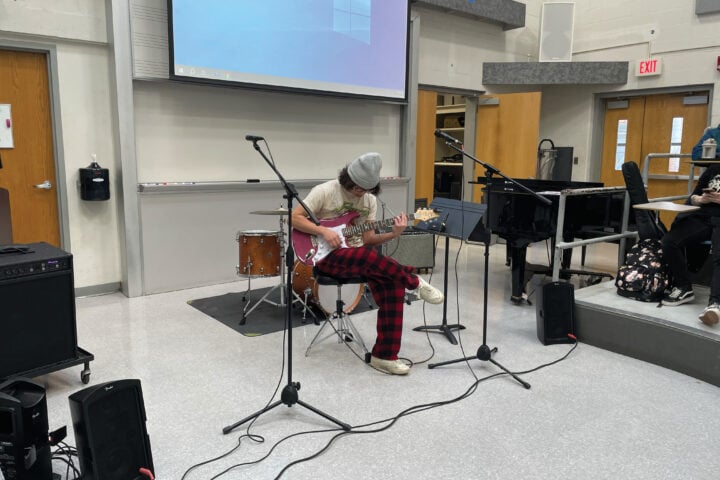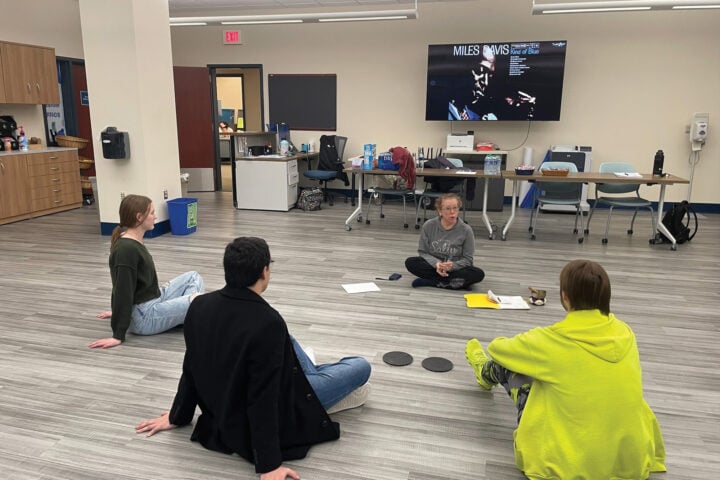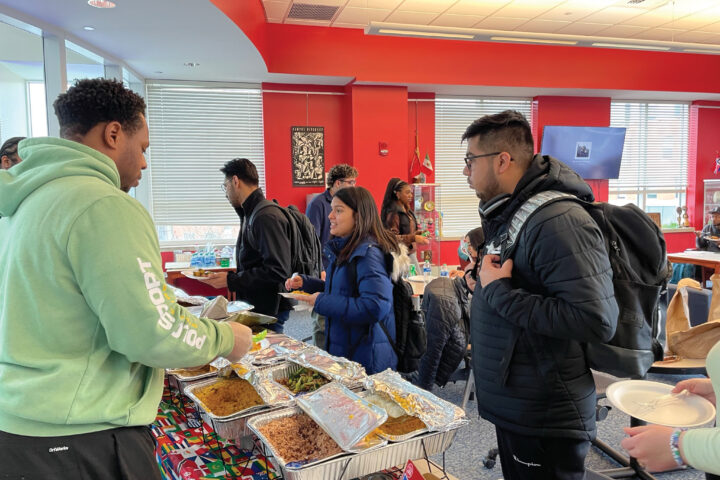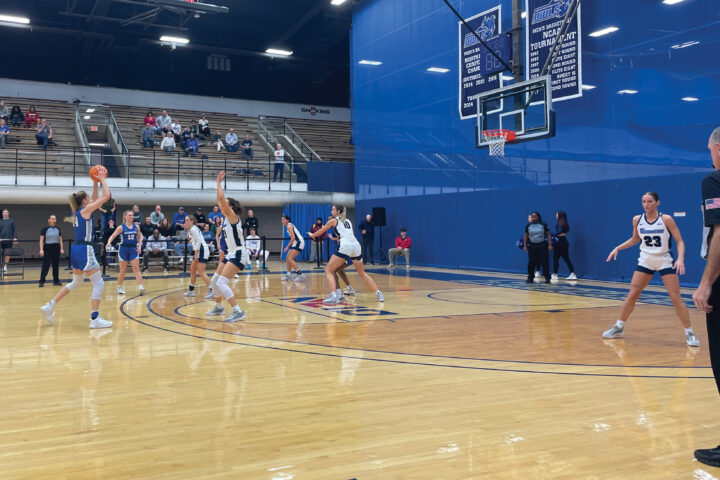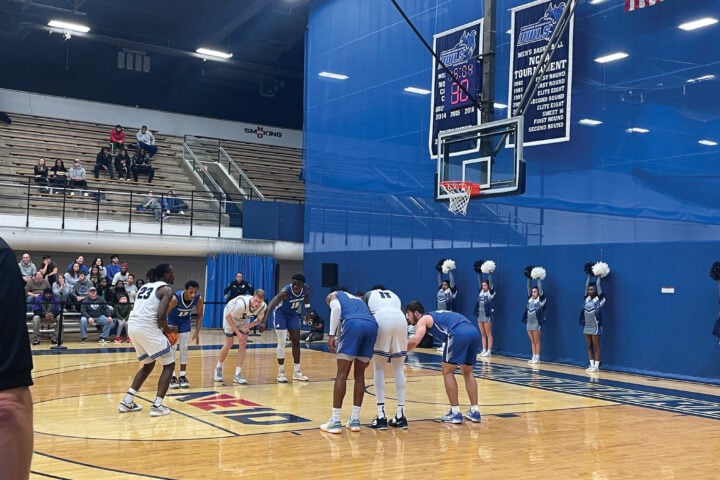Madeline S. Scharf – News Editor
Enrollment levels at the university, and across the country, have significantly decreased within the last two years.
The COVID-19 pandemic has affected many colleges’ enrollment levels, even now as CDC guidelines have allowed for more in-person contact.
According to the National Student Clearinghouse Research Center, “this spring’s overall college enrollment fell to 16.9 million students from 17.5 million, marking a one-year decline of 3.5% or 603,000 students.” This national decline is the second worst enrollment decline since Fall 2020 enrollment, according to the Center.
With enrollment levels down at both the national and university level, there are questions about how this will affect things happening on campus.
Denise Bentley-Drobish, director of Student Involvement and Leadership Development, was able to comment on how things at the university are currently going. “It is too early to tell how enrollment levels have effected this department,” said Bentley-Drobish. “I wouldn’t say that we have seen a big change in our numbers since our last point of data two years ago.” This means that students are still coming to events on campus.
For events on campus, with the current data provided, there does not seem to be a big effect from the lower enrollment. “This New Owl Weekend actually had higher participation this year than previously,” said Bentley-Drobish.
The lower levels of enrollment have been effecting the First Year Experience (FYE) department. Nicole Henderson, director of FYE, spoke about how different the enrollment numbers are this year. “The exact numbers are not out yet,” said Henderson, “but it is estimated that there are about 1000 to 1050 first year students this semester. Two years ago, we had an incoming class of 1505.”
FYE works with incoming freshman first years to help them adjust to college out of high school. “The program uses high impact practices,” said Henderson, “with a learning course, required learning objectives, an involvement path that requires students to get involved, and undergraduate research with the FIRE project.”
As it has been occurring nation-wide, it is not necessarily a surprise that there were a lower number of incoming students, but it was still not quite expected. “We had seen that a lot of first year students did not like online learning,” said Henderson. Because of this, people at both the university and national levels believed that enthusiasm with on-campus classes would cause an increase in enrollment. Instead, enrollment has only continued to decrease.
While there have been a few canceled courses, FYE has not been affected negatively with the lower enrollment. “We have had no budget cuts, and have not lost any resources,” said Henderson. “The university understands that this program is here to help students succeed.”
The enrollment levels are not a cause for concern for new students, however. “The enrollment decrease has not affected what we [the FYE program] do with students. There are still peer mentors, it’s the same experience as prior to the pandemic, and it is all on campus except for one INQ section for Freshman who wish to be all online,” said Henderson.























